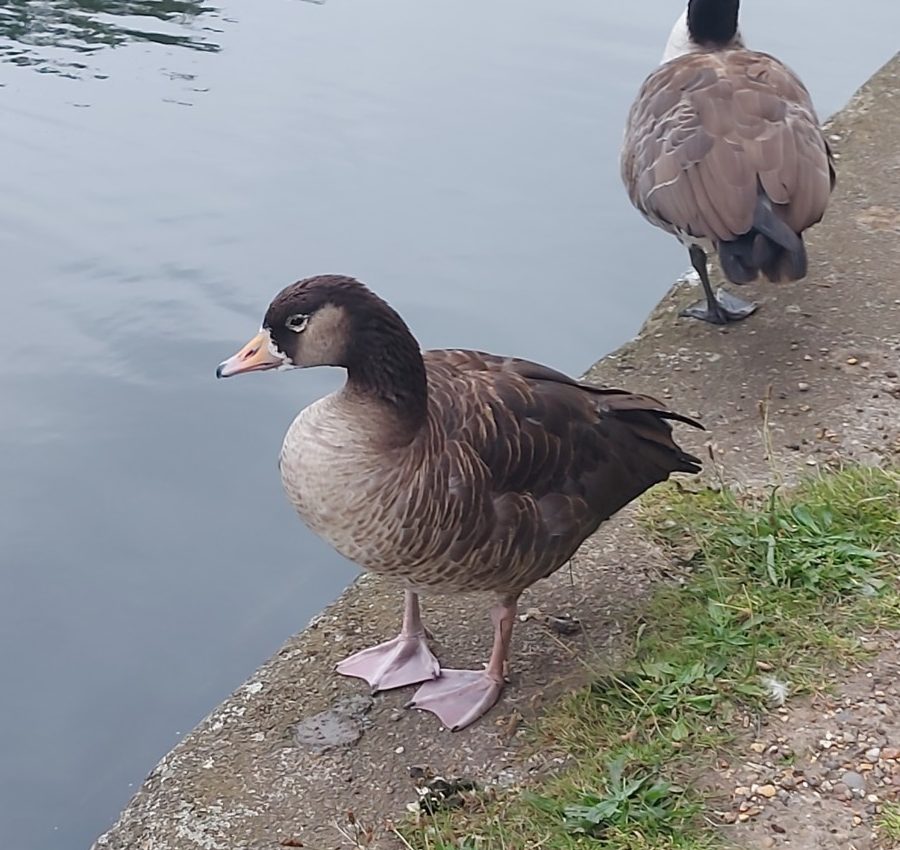Written by:
Lockdown, with its trials and monotony, did have a positive impact on the way that we all regard and relate to our local environments, and the wider global climate. Our local spaces sharpened in focus as many of us were forced – perhaps for the first time – to spend prolonged time exploring them. I read a book during this time by the artist Jenny Odell entitled ‘How to Do Nothing’ (very apt for lockdown), which unpicks, amongst many other things, the current capitalist focus on the attention economy – how social media and digital presence convert our attention (often not considered a commodity by many) into profit margins. Many of the ideas from this book have been slowly trickling through the layers of my brain since I finished it back in May, but the one that has stuck around is how Odell writes about the concept of bioregionalism in everyday life.
Bioregionalism, at its core definition, is a philosophy that political, cultural and economic systems are more sustainable and just if they are organised around naturally defined areas – called bioregions. Bioregionalism encompasses ideas and practices, such as habitat restoration and permaculture, but in its cultural facets asks people to consider themselves as citizens of their bioregion – of their specific local place. Digging into this idea a little further, it unfolds into the concept of promoting a greater understanding and stewardship over our local ecologies.
Upon mulling this idea over, especially within the spaces that The Glass-House occupies, it strikes me that bioregionalism is an excellent form of placemaking – a way to understand and connect place and people with the intricate network of other living beings, both flora and fauna, in an area. But more than this, it can be a way to show people the value in their local area, to educate them about their local ecosystem in a way that connects them to it, and empowers them as citizens and stewards within that space.
So how do you become a citizen within your bioregion? During my post-work evening strolls over the last few months I have been exploring my new local area, trying to find familiar pathways and new haunts to spend the dwindling lighter evenings. One of the unexpected delights from these wanderings has been stumbling across the small and interspersed meadow patches across London, part of the growing number of previously homogenous grassed areas which councils are now leaving to ‘go wild’ in a bid to increase biodiversity and reduce the maintenance of public spaces.
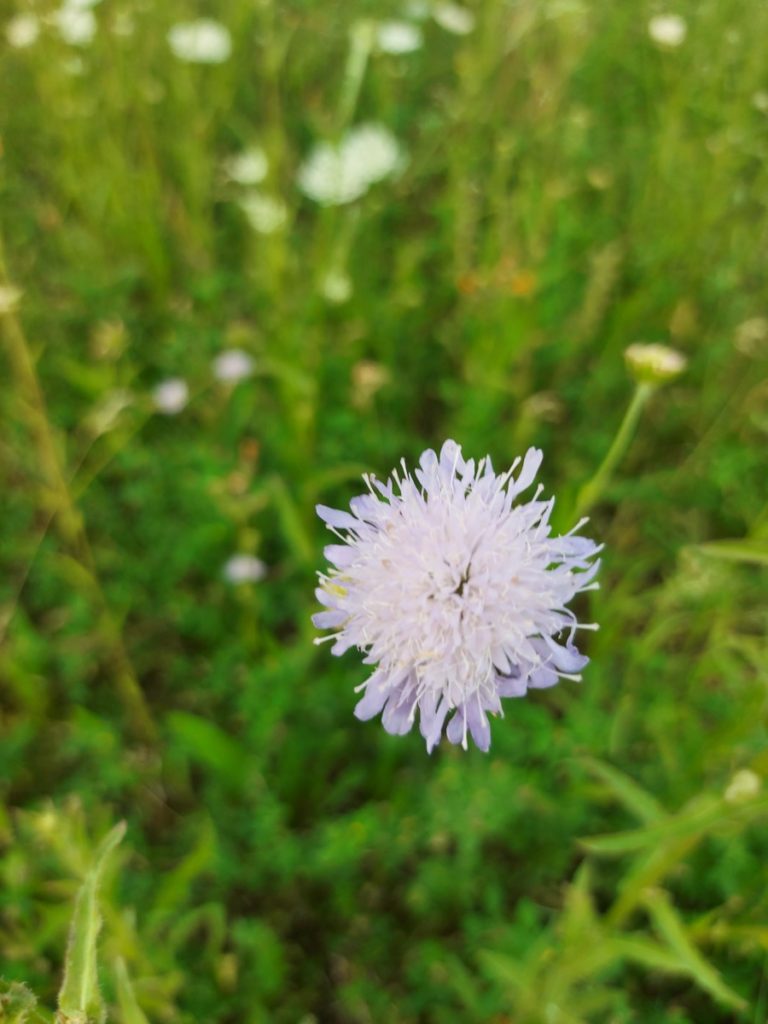
At first, these patches of flowers were beautiful to me, but didn’t particularly carry any deeper meaning. Then I downloaded an app which uses pictures to identify plant species. Enamoured, I proceeded to spend evening after evening snapping pictures of flowers and other common plants to find out their names, both common and historical, their traditional uses, where and when they usually germinate, what their presence indicated about the land, water levels and weather. These patches of wildflowers became a window into my local parks, a lens through which to view the world. And so I began to know and understand my local bioregion.
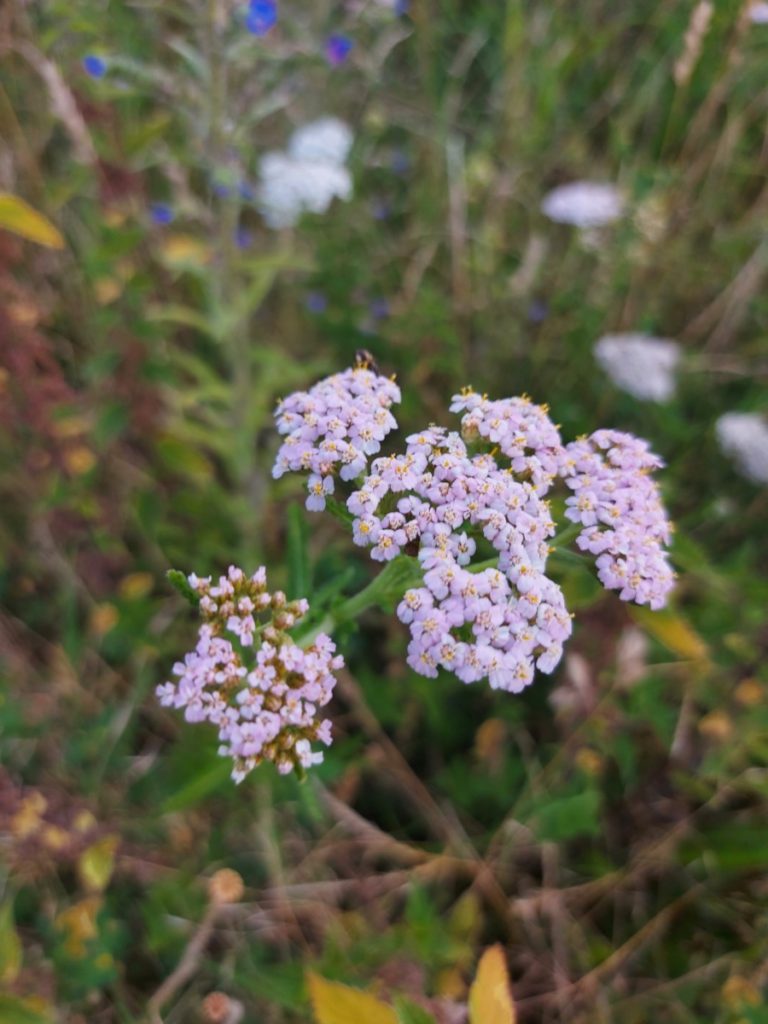
I’ve been through a similar journey with the local birdlife – there is a gaggle of geese who live in the stretch of canal by my flat. A mix of Canada and Greylag geese, as well as a few of their more unusual hybrid offspring (pictured below), a female Egyptian goose and her late summer gosling who has shed her fluffy juvenile coat more and more each time I visit the path by the canal. There is a pair of Swans, who heartbreakingly built a nest this year for no chicks to arrive, and who now wander the stretch of water between their nest and a lock. A few herons frequent this local lock, alongside the large population of cormorants who fish the canal (much to the chagrin of local anglers). Never again will these individuals ever revert back to simply ‘birds’ through my eyes – I know them now, a living part of the local landscape to be appreciated and protected.
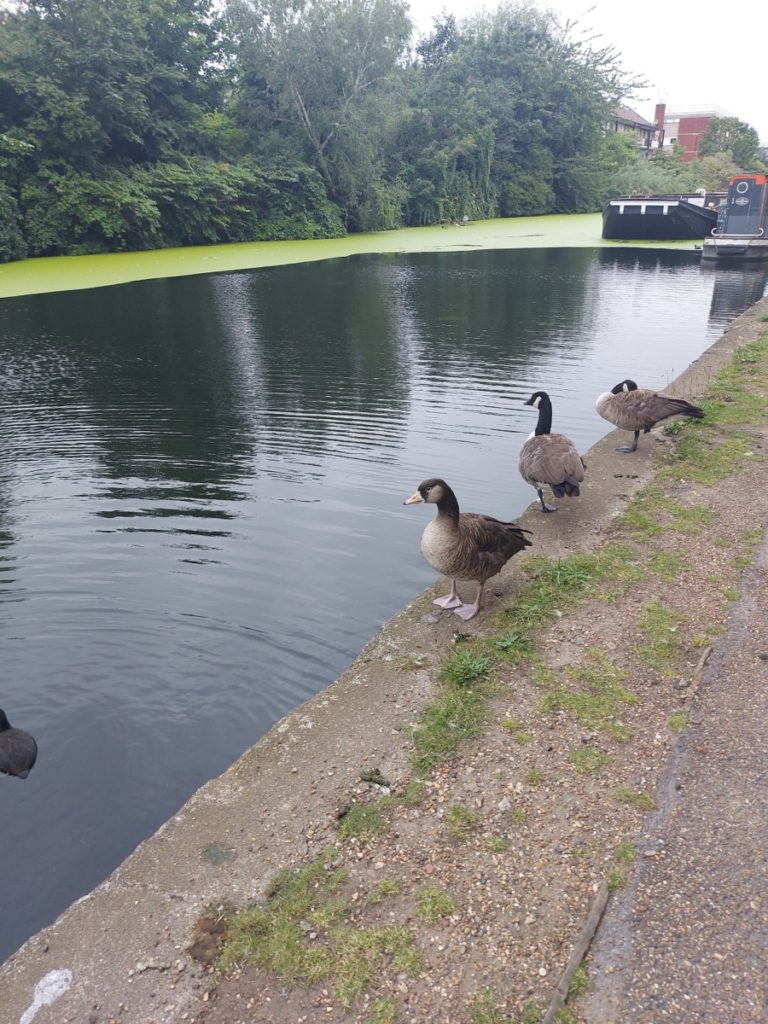
These chance encounters that happen every day as I walk through my local area, promoted by my hope to understand and belong in my new community, have helped me peel back some of the layers of this bioregion. Each new piece of information, the name of a goose species or a particularly blue flower I hadn’t seen before, provides a new, more sharply focused lens through which to see places and a better understanding of how they function. And with this comes a connection to each of these animals, each flower and tree species I met, and a sense of awe and joy at their presence in such a human-dominated, urban environment.
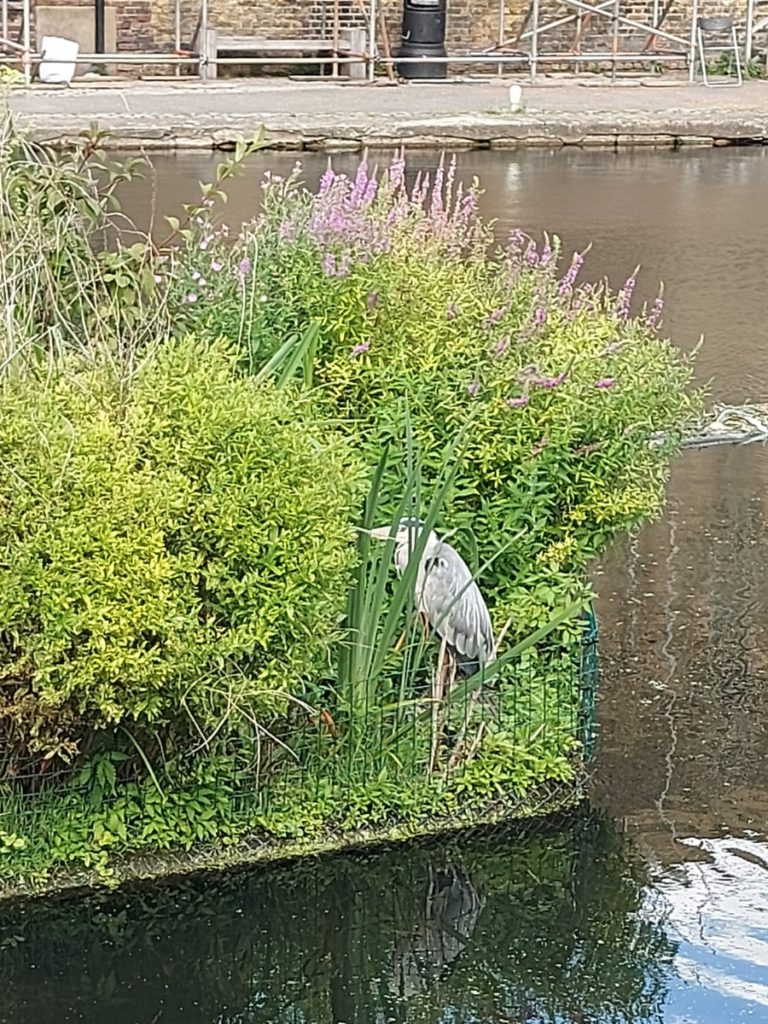
So I end this blog with an invitation to become a citizen in your local bioregion, to pay attention and to search out information that allows you to see your local area through a new lens, a different perspective. I recently stumbled upon an idea held by many indigenous populations, that we as humans are not set apart from nature, but are just another element of it. Like a mouse in a field, we are not here to work or produce or do, but as another part of nature that exists to be strange and beautiful. I like this idea very much.
